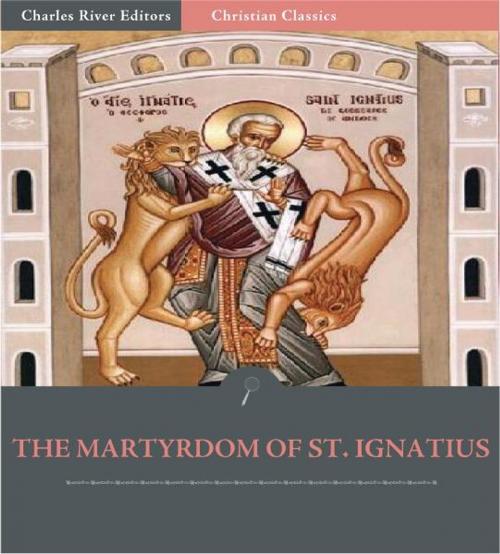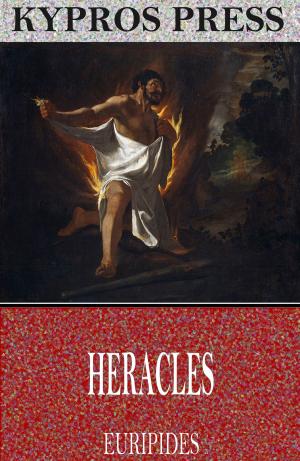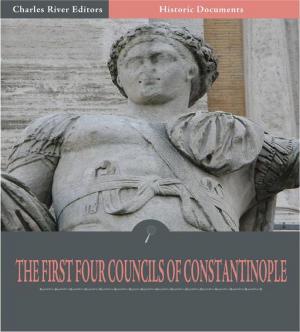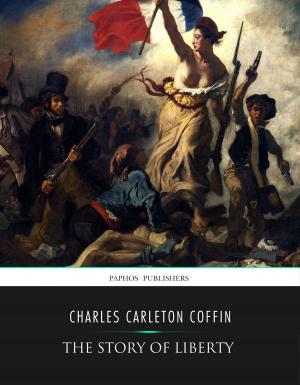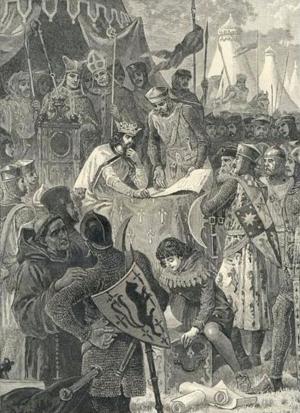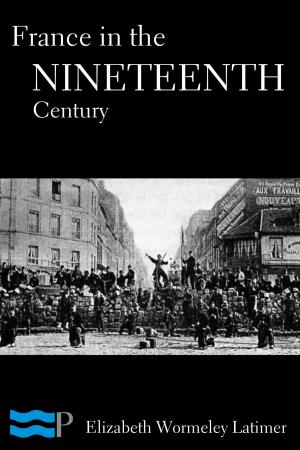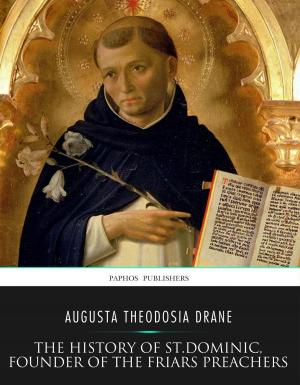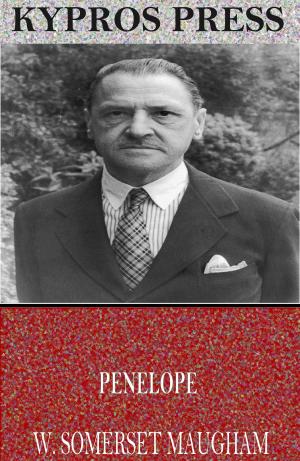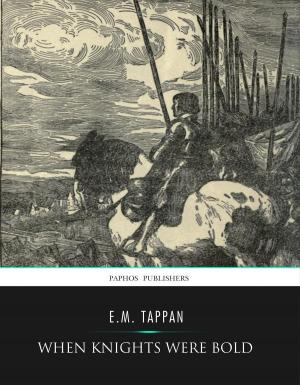The Martyrdom of St. Ignatius
Nonfiction, Religion & Spirituality, Christianity, Church, Church History, Denominations, Catholic, Catholicism| Author: | Anonymous | ISBN: | 9781619820722 |
| Publisher: | Charles River Editors | Publication: | January 13, 2012 |
| Imprint: | Language: | English |
| Author: | Anonymous |
| ISBN: | 9781619820722 |
| Publisher: | Charles River Editors |
| Publication: | January 13, 2012 |
| Imprint: | |
| Language: | English |
St. Ignatius of Antioch, born between 35 and 50 A.D., was an early Christian church father. He was martyred in Rome sometime between 98 and 117 A.D. Ignatius referred to himself as Theophorus, which translates as God bearer. He was the Third Bishop of Antioch, and a student of John the Apostle. According to tradition, Ignatius was one of the children Jesus picked up and blessed. This account of Ignatius's life and his martyrdom is a record of what surely was oral tradition among Christians of the 2nd century. This writing itself likely dates from 4th or 5th century. Ignatius was martyred in Rome at the Flavian Amphitheatre, killed by wild animals. His remains were returned to Antioch, where they lay until 637. In 637, his remains were removed to Rome to the Church of St. Clement.
St. Ignatius of Antioch, born between 35 and 50 A.D., was an early Christian church father. He was martyred in Rome sometime between 98 and 117 A.D. Ignatius referred to himself as Theophorus, which translates as God bearer. He was the Third Bishop of Antioch, and a student of John the Apostle. According to tradition, Ignatius was one of the children Jesus picked up and blessed. This account of Ignatius's life and his martyrdom is a record of what surely was oral tradition among Christians of the 2nd century. This writing itself likely dates from 4th or 5th century. Ignatius was martyred in Rome at the Flavian Amphitheatre, killed by wild animals. His remains were returned to Antioch, where they lay until 637. In 637, his remains were removed to Rome to the Church of St. Clement.
